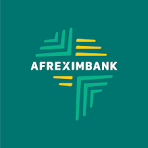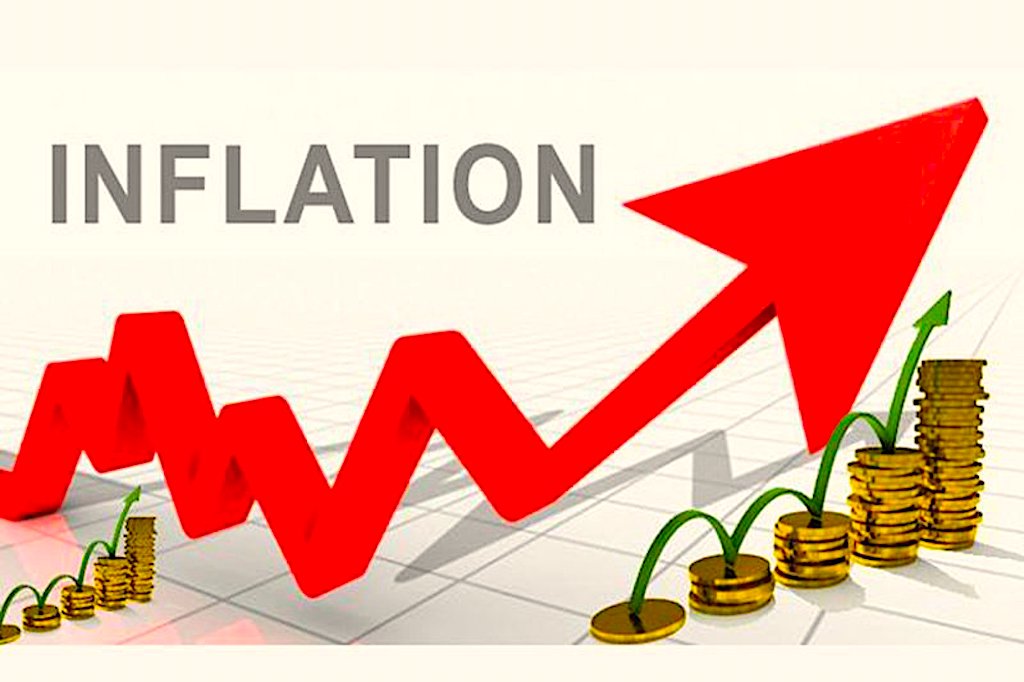The African Export-Import Bank (Afreximbank) has been dealt a fresh blow as Moody’s Investors Service issued a second credit downgrade in less than a month, citing deteriorating asset performance, increased exposure to distressed sovereign borrowers, and a narrowing pool of funding sources.
The global ratings agency lowered Afreximbank’s long-term issuer rating from Baa1 to Baa2 and revised the outlook from negative to stable. The new rating places the bank just two notches above sub-investment grade, raising fresh concerns about its cost of borrowing and future market access.
Moody’s explained that the downgrade was triggered by a notable shift in the bank’s lending strategy, particularly the move towards unsecured sovereign lending to fiscally distressed countries such as Ghana, Zambia, and Malawi. This pivot, the agency warned, has introduced “significant risks” and marks a departure from Afreximbank’s historically conservative focus on trade finance.
According to Moody’s, lending to countries already undergoing or likely to face debt restructuring exposes the bank to potential losses, especially under the G20 Common Framework, which seeks comparable treatment across all creditors, including private and multilateral lenders.
The agency specifically noted that Afreximbank’s loans to Ghana and Zambia could be subject to restructuring terms similar to those imposed on commercial creditors, posing material capital risks. At the end of 2024, approximately 41 percent of the bank’s exposure to these two countries had already been provisioned.
In addition to sovereign credit risks, Moody’s raised concerns about Afreximbank’s access to funding, describing it as more constrained than in previous years. The bank, once known for its diversified and low-cost access to bilateral and syndicated loans, is now increasingly reliant on modest market-based funding sources.
Moody’s cited the bank’s $520m Samurai bond issued in late 2024 and a $303mPanda bond in early 2025 as relatively minor compared to its total funding requirements. The agency emphasized that this decline in funding flexibility is “a trend unlikely to fully reverse,” suggesting a structural shift that could hamper the bank’s long-term financial resilience.
Amid the tightening market conditions, Afreximbank has taken steps to bolster its liquidity position, more than doubling its cash reserves from the end of 2024 to $9.5bn.
However, Moody’s cautioned that maintaining such high levels of liquidity is not only costly but also unsustainable over time. The agency warned that the need to keep large cash buffers to protect against market volatility could weigh on the bank’s profitability and lending capacity.
Despite the downgrade, Moody’s acknowledged several mitigating factors, including Afreximbank’s consistent profitability, strong internal capital generation, and continued support from shareholder members. The bank has reportedly benefited from a combination of retained earnings and periodic capital infusions, which have helped build equity and absorb rising credit risks.
The downgrade by Moody’s follows a similar action by Fitch Ratings, which on June 4 lowered Afreximbank’s credit rating to one notch above junk and assigned a negative outlook, indicating further downward pressure.
While Fitch’s move triggered a significant sell-off in Afreximbank bonds—sending some to their lowest levels in nearly a year—bond prices have since stabilized. Market data from Tradeweb on Wednesday showed the 2029 bond trading at 91.4 cents on the dollar, while the 2031 note stood at 86.14 cents.
The latest downgrade underscores growing investor unease about the bank’s strategic shift amid an increasingly fragile economic environment across much of sub-Saharan Africa.
As Afreximbank attempts to balance its development mandate with prudent risk management, the spotlight will remain firmly on how it navigates the twin challenges of maintaining credit quality and restoring access to affordable funding.
With its rating now perched just above non-investment grade, Afreximbank faces mounting pressure to demonstrate that its evolving lending strategy will not undermine long-term financial stability. For now, Moody’s stable outlook suggests no immediate further downgrade, but also reflects the view that current risks are likely to persist unless substantive corrective measures are taken.




